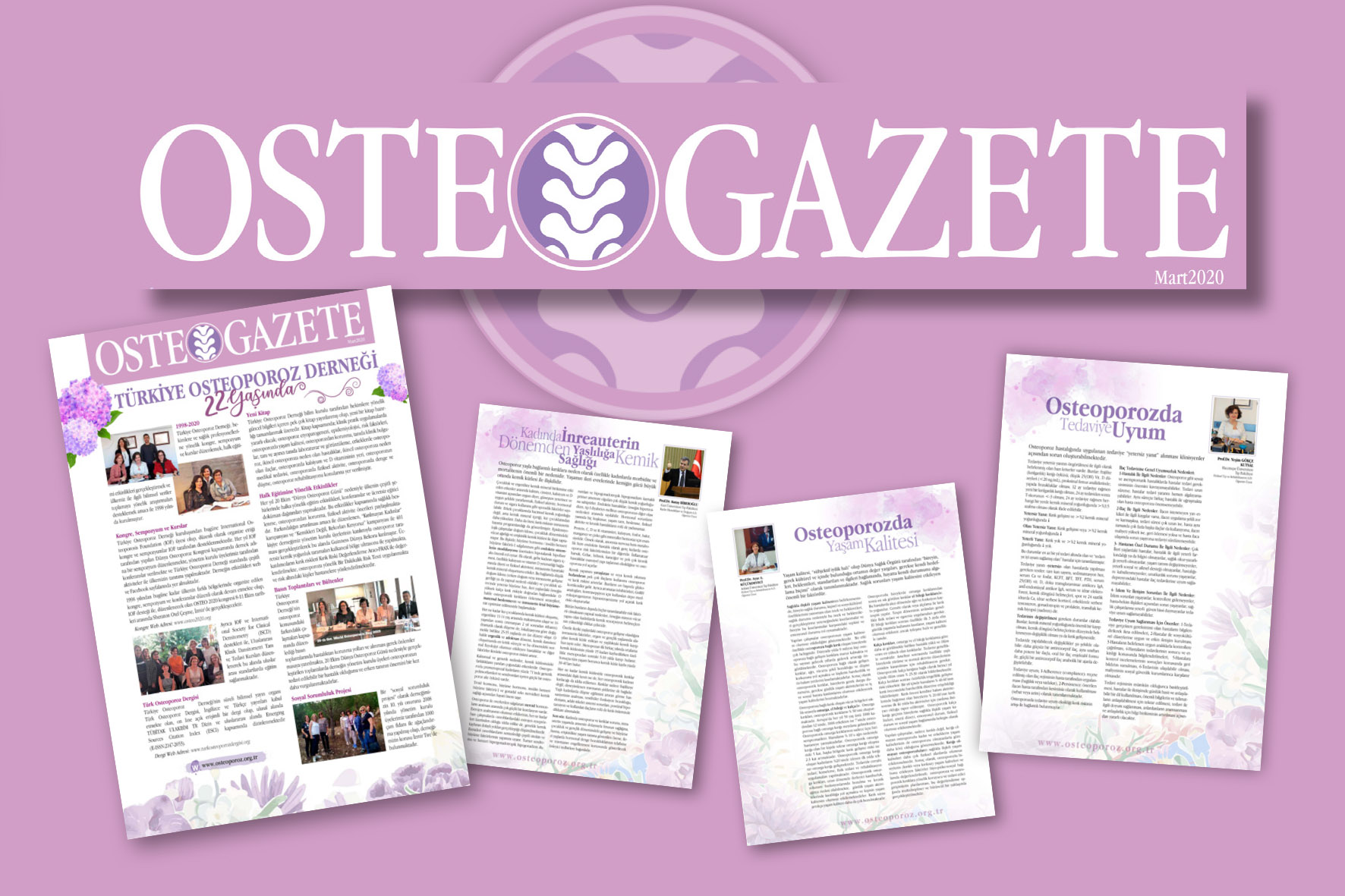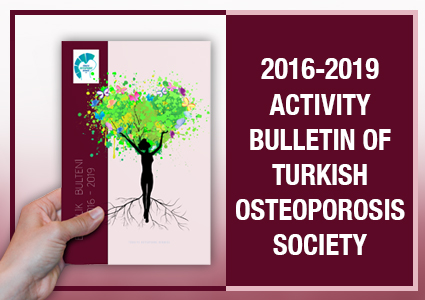

WHAT IS OSTEOPOROSIS
Osteoporosis is the most common metabolic bone disease and is characterised by bone fragility and increased risk of fractures due to decreased bone mass and microarchitectural deterioration of bone tissue.
Osteoporosis affects one in three women (more than breast cancer) and one in five men (more than prostate cancer) over age of 50. Osteoporosis causes over 1.5 million fractures each year in the USA.
HOW TO DIAGNOSE OSTEOPOROSIS
In the preclinical stage before a fracture occurs, the disease is characterized by decreased bone mineral density. The diagnosis of osteoporosis is based on the bone mineral density measurements using dual energy x-ray absorptiometry (DEXA) and the presence of a fracture. DEXA is the most widespread technique in the world and according to the World Health Organization remains the gold standard for the diagnosis of osteoporosis. The aims of the mineral bone density measurements with DEXA are to provide diagnostic criteria, prognostic information for eventual bone fractures, primary evaluation in order to follow up the natural course of the disease in treatable and non-treatable cases. It is used to measure spine, hip, forearm bone density, and can also measure bone density of the whole skeleton.
THE WORLD HEALTH ORGANIZATION HAS DEFINED A NUMBER OF THRESHOLD VALUES FOR OSTEOPOROSIS:
NORMAL: Value for bone mineral density within 1 standard deviation (SD) of the young adult reference mean (T-score of -1 or above).
OSTEOPENI (Düşük Kemik Kütlesi): (Low Bone Mass): Value for bone mineral density more than 1 SD below the young adult reference mean but less than 2.5 SD below the young adult reference mean (T-score lower than -1 and greater than -2.5).
OSTEOPOROSIS: Value for bone mineral density more than 2.5 SD below the young adult reference mean (T-score of -2.5 or lower).
SEVERE OSTEOPOROSIS: Value for BMD more than 2.5SD below the young adult reference mean in the presence of one or more fragility fractures (T-score of -2.5 or lower, and presence of at least one fragility fracture).






































































